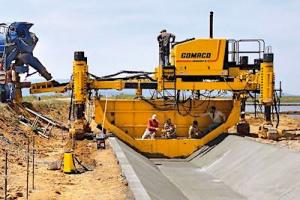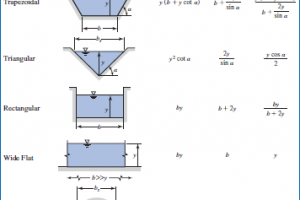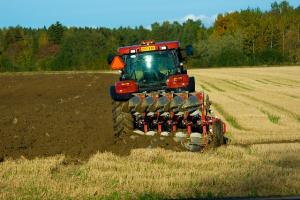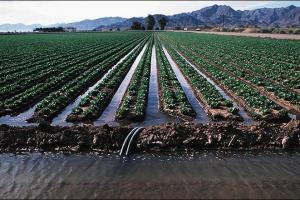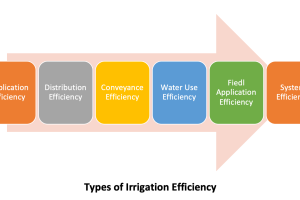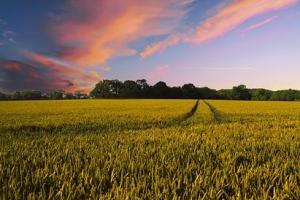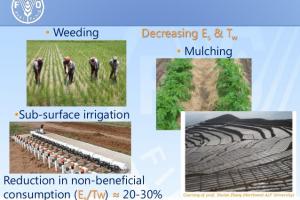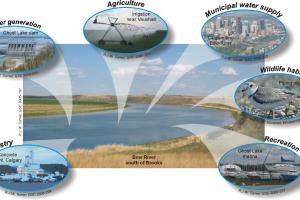Advantages and Disadvantages of Canal Lining
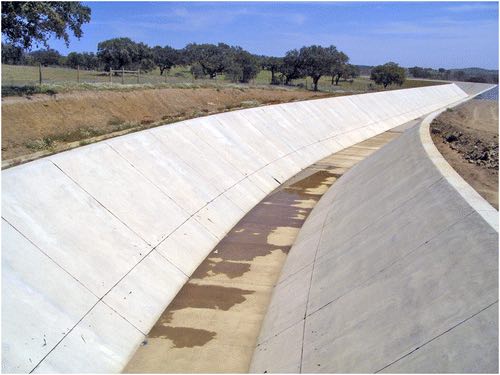
Canal lining is the process of adding a layer of impermeable material to the bottom and sides of canals to prevent water seepage. This technique has been used for centuries to improve irrigation efficiency and reduce water loss due to seepage. In this article, we will explore the advantages and disadvantages of canal lining in more detail.
Advantages of Canal Lining
-
Reduced Water Loss: One of the primary advantages of canal lining is that it helps reduce water loss due to seepage. Unlined canals can lose up to 60% of the water due to seepage, while lined canals can reduce water loss to as little as 10% hence water duty is enhanced.
-
Improved Irrigation Efficiency: Canal lining can also improve irrigation efficiency by reducing the amount of water required to irrigate crops. This, in turn, can help reduce the cost of irrigation and increase crop yields.
-
Improved Water Quality: Canal lining can also improve water quality by reducing the amount of sediment and pollutants that enter the canal. This can help protect the environment and improve the health of aquatic ecosystems.
-
Increased Canal Lifespan: Canal lining can increase the lifespan of the canal by reducing the wear and tear on the canal walls and bottom. This, in turn, can reduce the need for maintenance and repair, which can be costly. It controls the growth of weeds along the canal sides and bed. It also reduces the maintenance cost of the canals.
-
It controls the water logging and hence the bad effects of water-logging are eliminated.
-
It provides smooth surface and hence the velocity of flow can be increased. Due to the increased velocity the discharge capacity of a canal is also increased. Due to the increased velocity, the evaporation loss also can be reduced.
-
It eliminates the effect of scouring in the canal bed.
-
The increased velocity eliminates the possibility of silting in the canal bed.
-
It controls the growth of weeds along the canal sides and bed.
-
It provides the stable section of the canal.
-
It reduces the requirements of land width for the canal, because smaller section of the canal can be used to produce greater discharge.
-
It prevents the sub-soil salt to come in contact with the canal water.
Disadvantages of Canal Lining
-
High Cost: One of the main disadvantages of canal lining is that it can be expensive. The cost of materials and labor can be high, especially for larger canals. This, in turn, can make canal lining unaffordable for some farmers or irrigation projects.
-
Reduced Groundwater Recharge: Canal lining can also reduce groundwater recharge by preventing water from seeping into the ground. This, in turn, can reduce the amount of water available for other uses, such as drinking water or aquifer recharge.
-
Environmental Concerns: Canal lining can also have environmental concerns, such as reducing the habitat for certain species of wildlife or altering the natural hydrology of an area. This can have unintended consequences and may require additional environmental assessments before implementation.
-
Maintenance: While canal lining can increase the lifespan of the canal, it also requires maintenance to ensure that it remains effective. This can include repairing cracks or leaks in the lining, which can be time-consuming and costly.
Conclusion:
Canal lining is an effective technique for reducing water loss and improving irrigation efficiency, but it is not without its disadvantages. While canal lining can be costly, it can also improve water quality and increase the lifespan of the canal. However, it may also have unintended environmental consequences and require ongoing maintenance. Ultimately, the decision to line a canal will depend on a variety of factors, including the cost of implementation, the potential benefits, and the environmental impacts.



